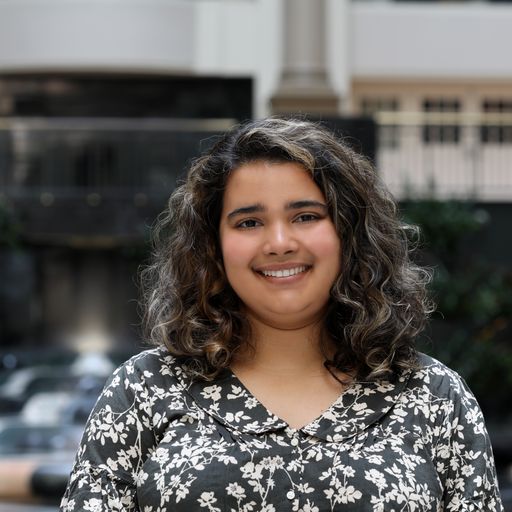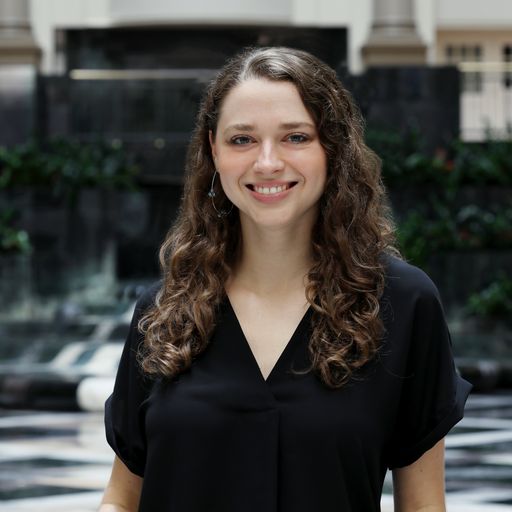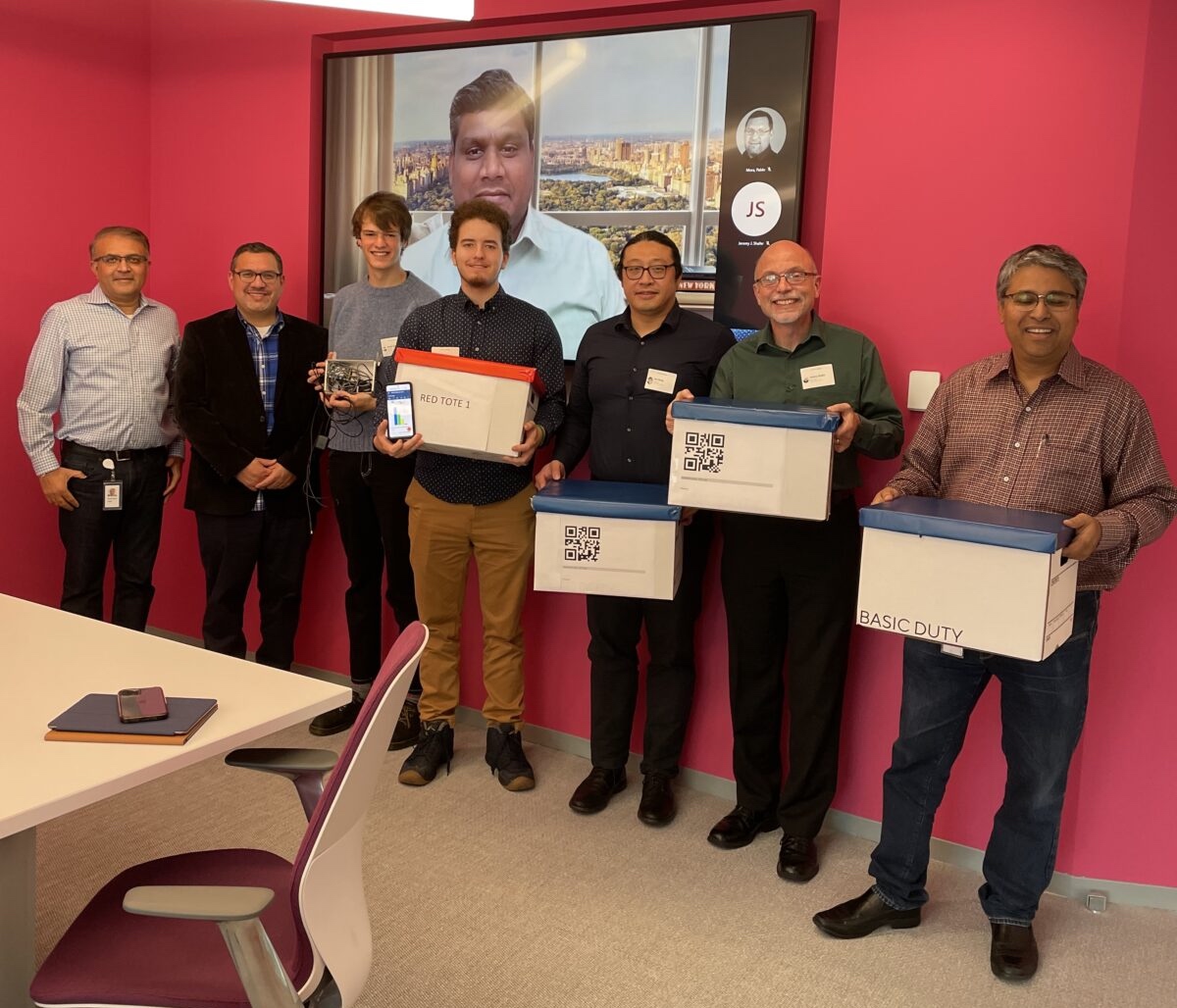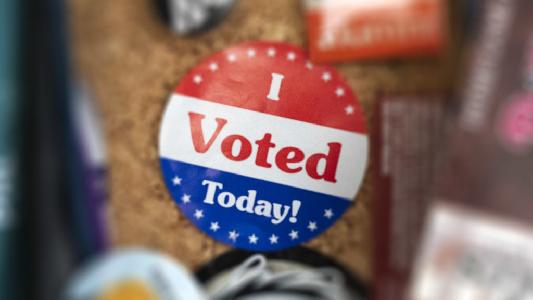Abernethy, who graduated from Temple in December with a degree in computer science, worked on a project with AmerisourceBergen through the Digital Innovation Foundry, which is part of the Fox School of Business’ Institute for Business and Information Technology. The 2019-launched Foundry connects students and faculty with companies to solve their problems by prototyping digital technologies, giving the students hands-on professional experience in their field in the process.
Abernethy said he learned about the AmerisourceBergen project from Yan Wang, a computer and information sciences professor within the College of Science and Technology who was one of its faculty advisors. Jeremy Shafer, a professor in management information systems within Fox, was also a faculty advisor for the project, which ran from March to October 2022.
The problem they needed to solve? How to better track down and retain the reusable totes that are used to distribute pharmaceutical products. The solution they came up with? Drop Bluetooth tags in each tote the products were shipped in, then drop a Raspberry Pi device in one extra tote to collect the signals from the tags.
“Then all this information would get sent to a visualization platform we used … to visualize all of the last known locations of all the Bluetooth low-energy tags,” Abernethy told Technical.ly. “This could get loaded onto a truck when getting shipped out, and then the Raspberry Pi would never get taken off the truck and just essentially, passively, collect signals.”
“It definitely shaped what I wanted to do with my career. This is where I want to be, this is what I want to be doing.”Russell Abernethy
The goal of the team, which included mechanical engineering student Eric Wolfe, was to determine with an industry-quality strategy for solving this issue, even if the prototype wasn’t industry quality, per Shafer. After developing this solution, they presented to executives at the Conshohocken-headquartered AmerisourceBergen.
At first, Abernethy said, it felt daunting to work on such a project for a big company. The guidance he received from Shafer and Wang helped, especially through the process of conceptualizing, pitching and refining product ideas.
“A lot of development, a lot of reiteration, a lot of refining of ideas was what I got out of it,” the recent grad said. “And it definitely shaped what I wanted to do with my career, where I had kind of wanted to go into embedded development … in the past, and this project definitely shot me over the moon. This is where I want to be, this is what I want to be doing.”
Abernethy already had a job lined up for post-grad when he started this project, but he said this experience helped him decide what he specifically wanted to do at the company. He now works as a technology consultant at Protiviti.
Shafer said a project like this differs from a typical class assignment because the procedures were not clearly laid out for them ahead of time. They had to decide what they wanted to build and what parts to use to build it, including which Bluetooth tags to use and which software to run. Students are in charge of that research: With some guidance from Shafer and Wang, Abernethy and the other student involved did most of the hard work.
“Students come away with a much more full picture of what it’s like to work in an everyday technology job, more than what you can pull off in a classroom.”Jeremy Shafer
“I was really impressed with their perseverance here,” Shafer said. “We were still feeling some of the fallout from COVID and quarantine. And so that made testing difficult, made presenting difficult, made in-person meetings with our sponsors difficult. And the fact that they persevered through all of that was really substantial.”
Shafer has managed a handful of Digital Innovation Foundry projects, and sees the exposure to potential future employers as especially valuable for students. So, too, is learning that in the tech industry, project requirements can change over the course of work, sometimes in a short period of time. Abernethy found that the AmerisourceBergen project was a good way to learn that lesson without the stress of it being his full-time job.
“I think that students come away with a much more full picture of what it’s like to work in an everyday technology job, more than what you can pull off in a classroom,” Shafer said.
Sarah Huffman is a 2022-2024 corps member for Report for America, an initiative of The Groundtruth Project that pairs young journalists with local newsrooms. This position is supported by the Lenfest Institute for Journalism.Before you go...
Please consider supporting Technical.ly to keep our independent journalism strong. Unlike most business-focused media outlets, we don’t have a paywall. Instead, we count on your personal and organizational support.
Join our growing Slack community
Join 5,000 tech professionals and entrepreneurs in our community Slack today!






